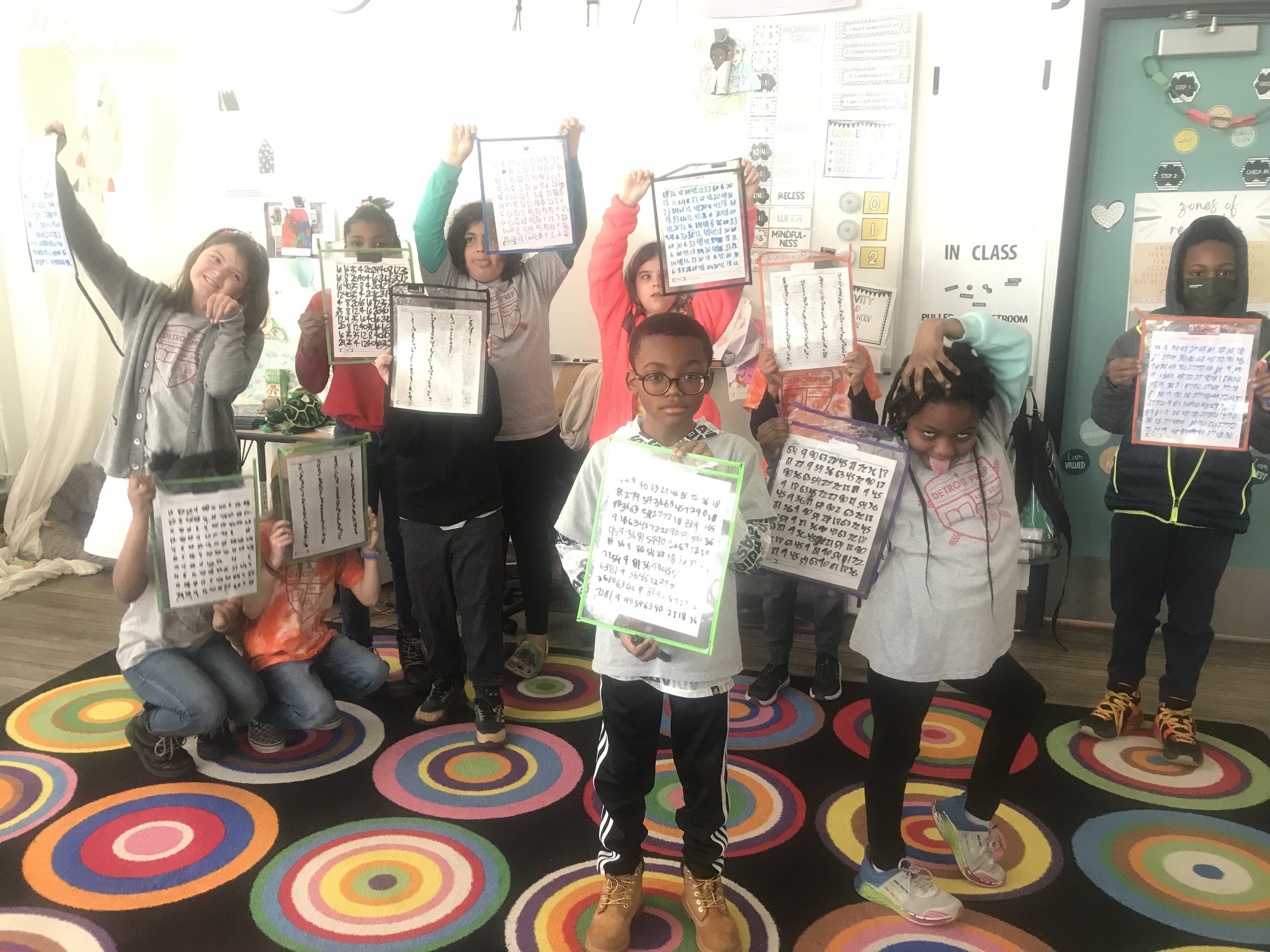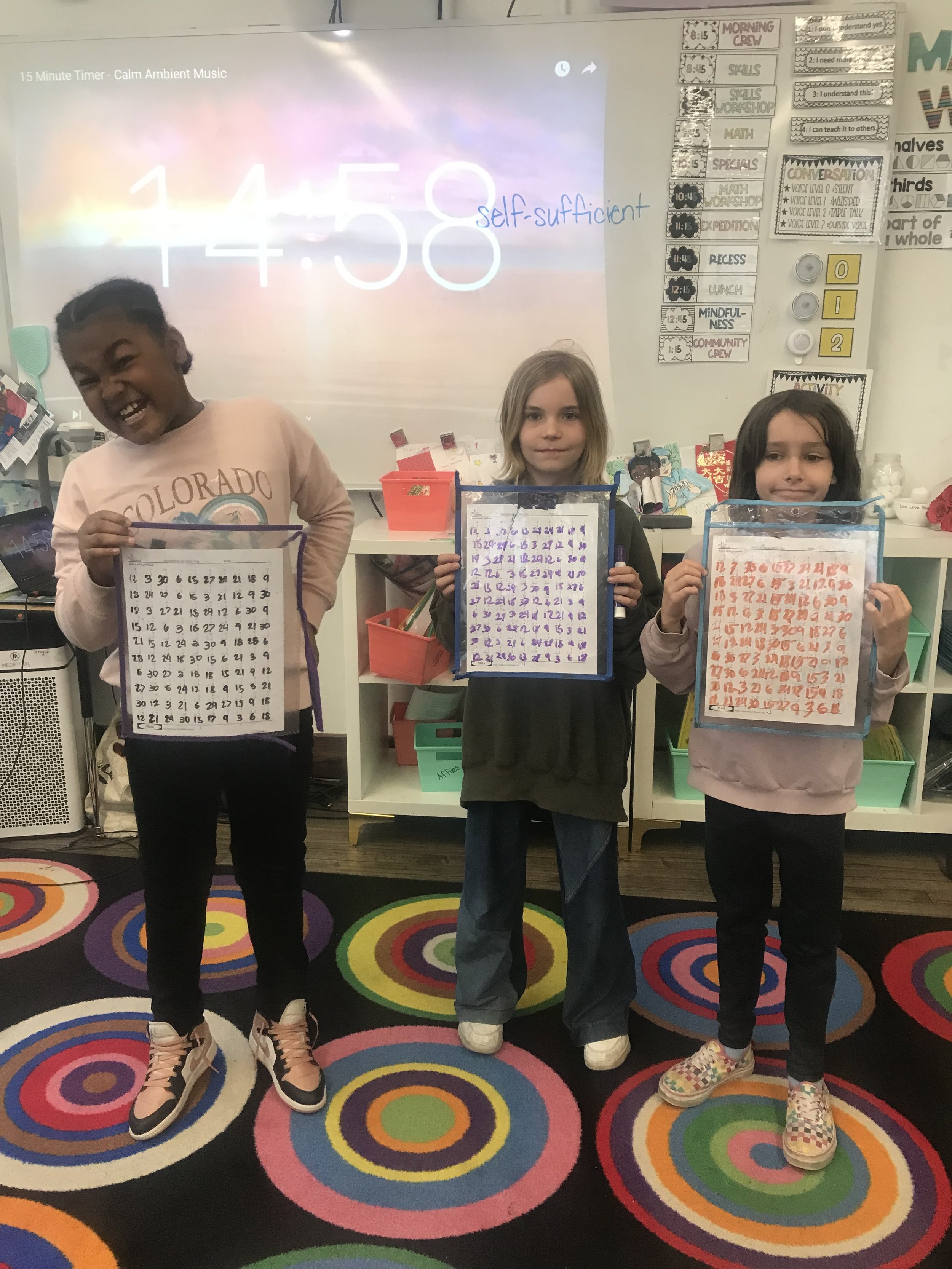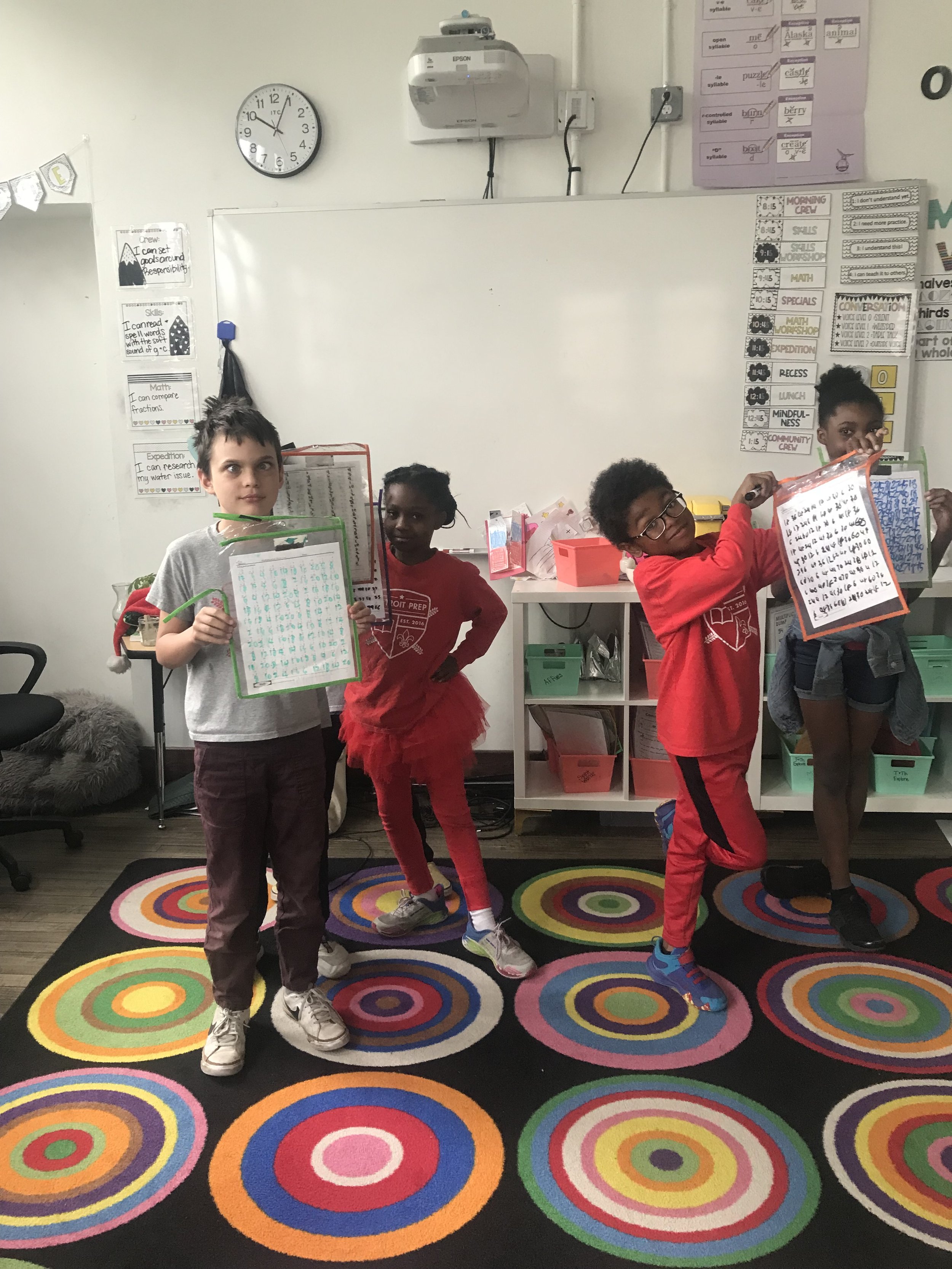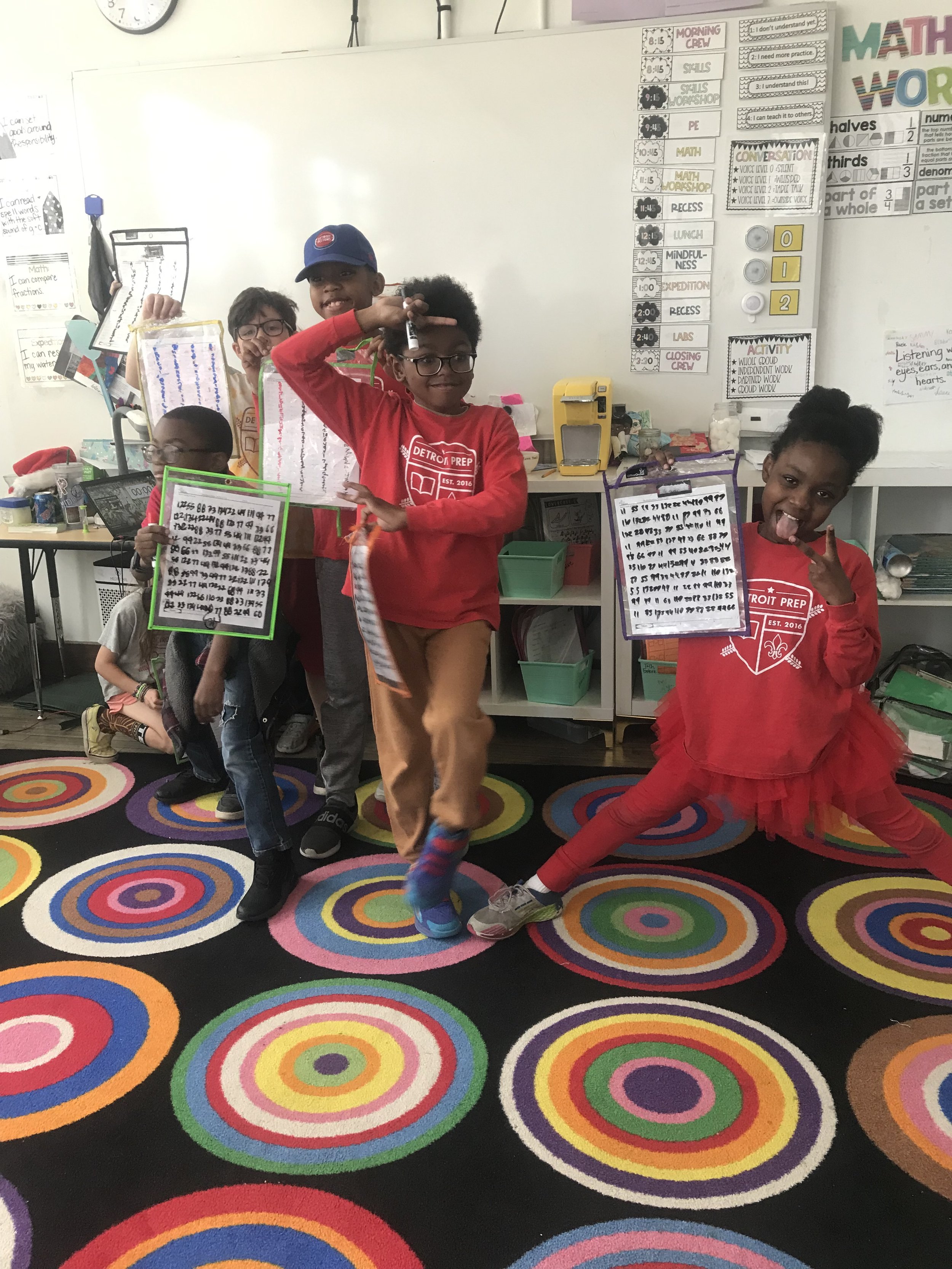Fluency in Five: Fridays in Turtle Crew
One of the paramount standards in the third-grade math curriculum is fluently reciting all fact families of factors 1-10. When students come to Turtle Crew, they usually have a solid grasp of their 2s, 5s, and 10s. However, the area around each of those digits gets a little hazier as students grasp for 3x4 or 7x8. Teaching fluency can be pretty boring: rote memorization, flashcards, drilling students. You probably have less-than-fond memories of each of these activities from your grade school years.
In Turtle Crew, we tried a different approach this year called Fluency in Five. Fluency in Five is conducted for five minutes every Friday, and it is something that we practice for throughout the week. Scholars have at least 20 minutes of fluency practice every day in preparation for their Fluency in Five competition. Who are they competing with? Themselves.
Each Fluency in Five Friday, Turtles have five minutes to complete 100 facts from a given fact family. At the beginning of the year, scholars are given facts of 2s and 5s fluency tables in a dry-erase pocket. Each pocket has the scholar's name on it, and it becomes their fluency folder for the year. Each week, Turtles choose a fact family in their fluency folder to try to master; at the beginning of the year, for example, each Turtle works on either 2s or 5s for the week.
During the Fluency in Five, each scholar has five minutes to complete their given set of facts. If they ‘graduate’, they are able to complete 100 facts of their fact family before the five minute timer is done. Those that ‘graduate’ then come to the carpet for their quick ‘graduation’ photo, and start the next set of facts in their folder the following week. If they have ‘graduated’ from both sides of their fluency folder, they can return that set of facts, and move on to the next one. For example, if Turtles ‘graduate’ from 2s and 5s after the first weeks of school, they would then return those fact families and replace them with 3s and 4s. Once they ‘graduate’ from 3s and 4s, they move on to 6s and 9s, and finally to 7s and 8s.
Why does Fluency in Five work? Well, it turns out that 3rd graders love having goofy photos of themselves taken (even if it means hiding from said goofy photo). They also love supporting one another, whether it is celebrating wins or encouraging those who didn’t quite ‘graduate’ that week. It also involves families in the process. Caregivers are sent the photos weekly to see whether their scholar is a ‘graduate’ this week. It holds scholars accountable for their learning within the classroom and at home as well. The positive reinforcement from home has also motivated scholars to work on their facts at home; I’ve had more requests for fluency tables this year than ever before!
From a teaching standpoint, Fluency in Five is also a sustainable way to monitor progress and provide the right cognitive load for your students. Each week, you can see which scholars are ready for the next step and which need more support from you to master their facts. In addition, scholars can be responsible for their learning during Fluency in Five, each time a scholar ‘graduates’ they then go to our “Fluency” wall and pick the next set of facts. If you have scholars that master their multiplication tables, they can move onto division. Mastered division? Move on to fractions or decimals. The possibilities are endless, and the choices always center student voice.
Want to give it a try in your Crew? Build the foundation first. Mistakes are great, and we love to learn from them. Build a supportive community where scholars feel willing to try their best and fall down sometimes. Answer any questions they may have, and make adjustments as you go. This year, we had a meeting after each Fluency in Five to see what we wanted changed. We went from music to no music, timer on the board to timer off the board, no verbal time warnings to one-minute verbal warnings. And remember to accommodate all learners. Some may need additional time. Some might need an adjusted seating arrangement or manipulatives. Make it work for your Crew and your learners. And, most importantly, have fun!





